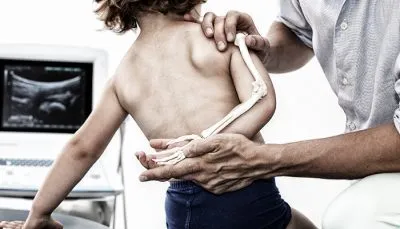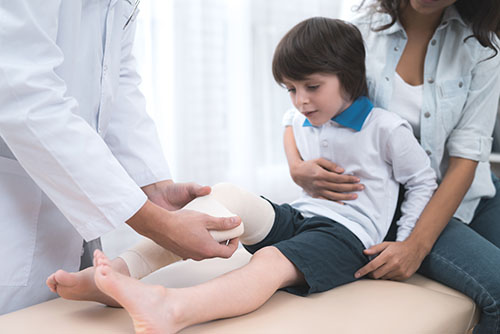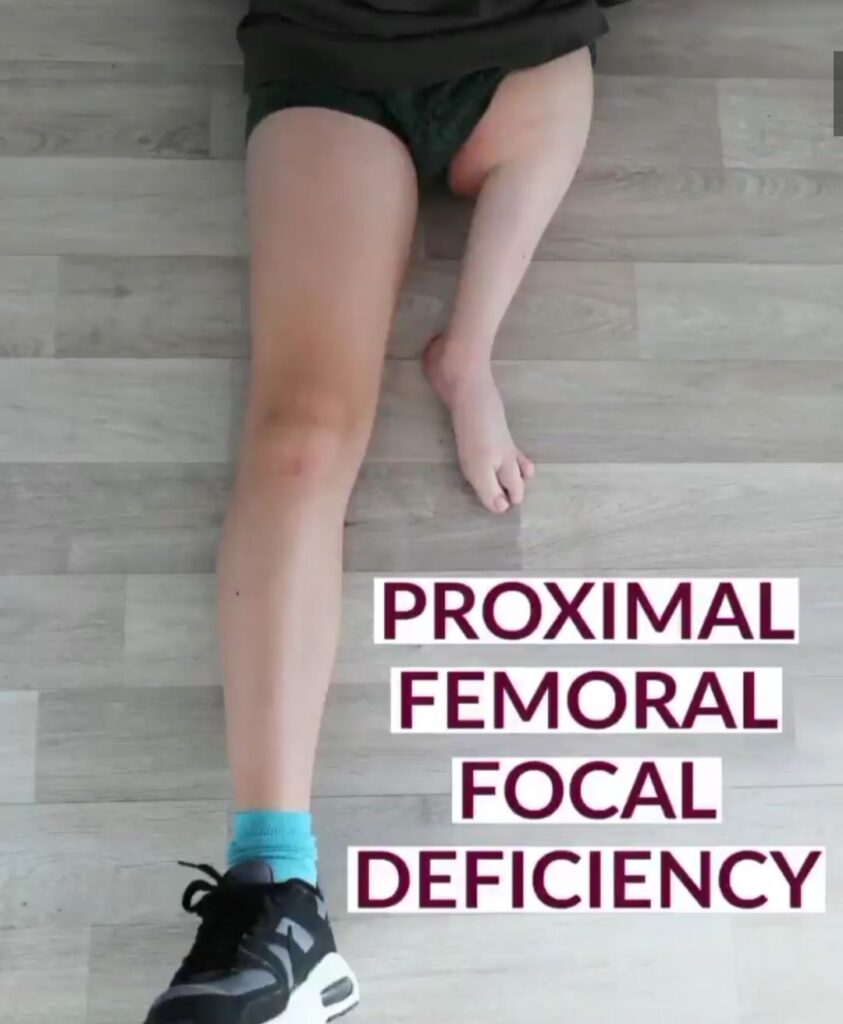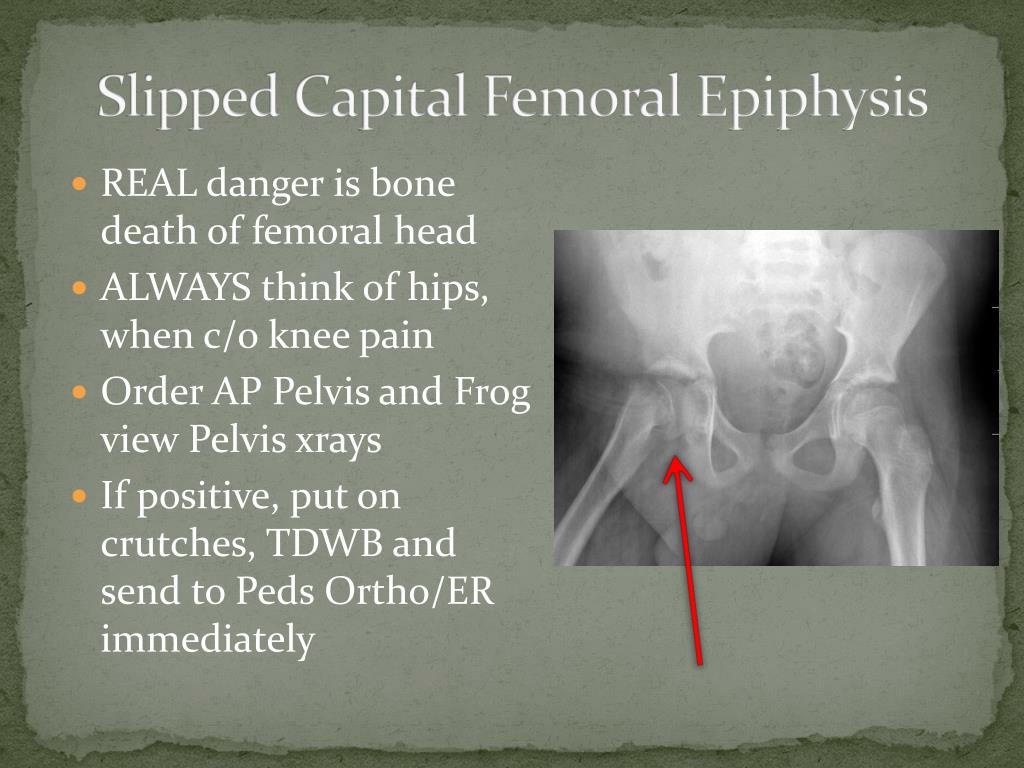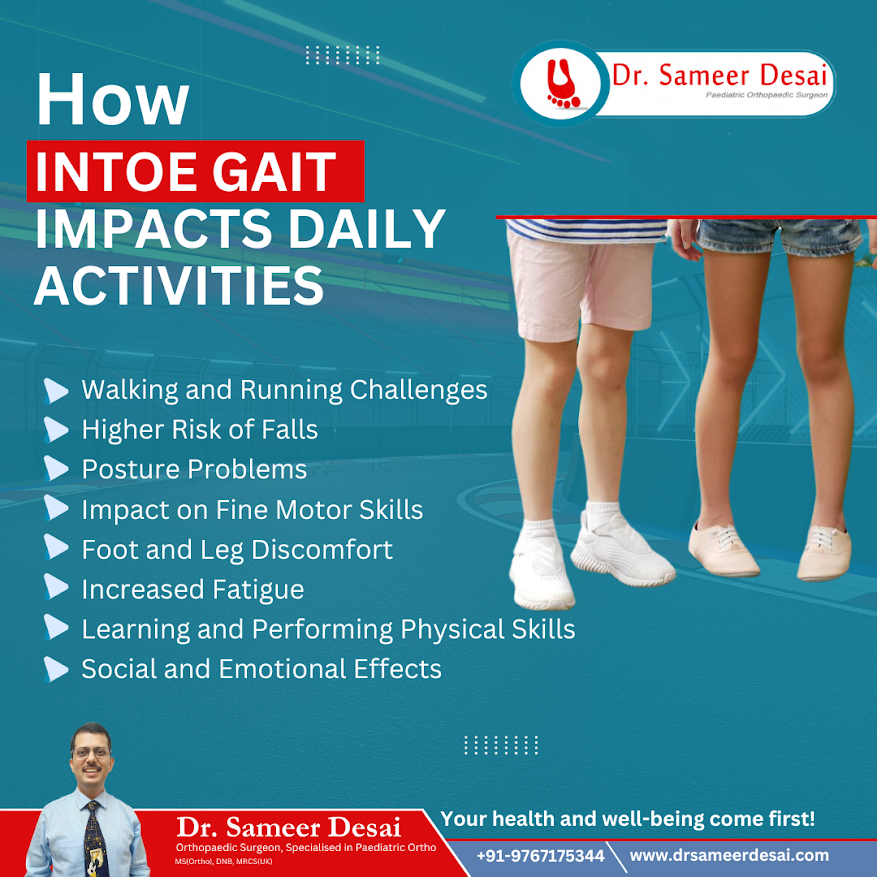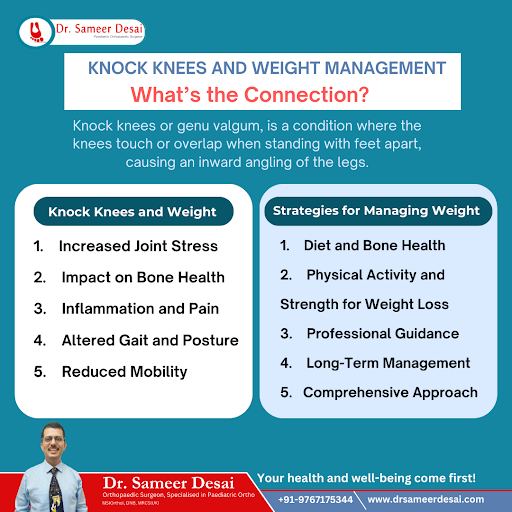Constructing Solutions for Pediatric Orthopedic Problems
Specialized care is needed for pediatric orthopedic disorders to assure healthy growth and mobility as kids grow. Dr. Sameer Desai discusses typical orthopedic issues that youngsters face and offers advice on practical solutions. See a Pediatric orthopedic surgeon in Pune for expert guidance. 1. Cerebral Palsy Cerebral palsy is a neurological disorder that affects movement, posture, and muscle coordination. Treatment involves physical therapy, bracing, and sometimes surgery to improve mobility and quality of life. Early intervention plays a key role in helping children reach their developmental milestones. 2.Pediatric Fracture Children’s fractures need special attention due to ongoing bone development, as improper treatment can affect growth. Typically, treatment involves splinting or casting, while complex fractures may require surgery. Pediatric orthopedists focus on healing and protecting growth plates. For specialized care, consult a child orthopedic surgeon in Pune. 3.Limb Deformities Limb deformities can result from congenital factors or trauma, affecting mobility through issues like leg length discrepancies or misalignment. Treatment may involve physical therapy, orthotics, and corrective surgery. For effective care, consult a specialist for limb deformity treatment in Pune. 4.Dislocation of the Hip Hip dislocation in infants requires prompt treatment to prevent long-term issues. Treatment options include Pavlik harnesses and closed reduction for infants, with surgical realignment for older children. Early detection is crucial for optimal hip development. For care, consult a specialist in dislocation of hip treatment in Pune. 5.Bow Legs Bow legs are common in infants and often resolve naturally. If the condition persists, it may lead to walking issues. Treatment options include bracing, physical therapy, or surgery for severe cases. For expert care, consult Dr. Sameer Desai, a bow legs specialist in Pune. 6.Fibrous Dysplasia Fibrous dysplasia is a bone disorder that causes abnormal growth, leading to pain, fractures, or deformities. Management may include monitoring, medications, and surgical intervention to stabilize affected bones and improve mobility. For expert care, consult a fibrous dysplasia specialist in Pune. 7.Knock Knee Knock knees usually correct themselves as children grow, but persistent cases may require treatment. Orthopedic braces, physical therapy, or surgery may be necessary for severe misalignment. Consult a knock knees specialist in Pune for expert care and treatment options. 8.Intoe Gait Intoe gait, or “pigeon-toed” walking, often resolves naturally in young children. For persistent cases, Dr. Sameer Desai offers specialized intoe gait treatment in Pune, using exercises, footwear, and therapy to improve mobility and comfort. 9.Club Foot A child with club foot has a congenital abnormality in which their foot points downward and inward. The Ponseti technique is a popular treatment that includes casting and delicate manipulation. To improve alignment and function, surgery can be required in some situations. For best outcomes, speak with Dr. Sameer Desai, a renowned club foot specialist in Pune. 10.Ganglion Ganglion cysts, which appear as soft lumps near joints, can sometimes cause pain or restrict movement. While many cysts resolve on their own, treatment options include aspiration or surgical removal, depending on the cyst’s size and impact on mobility. Dr. Sameer Desai, a leading ganglion specialist in Pune, provides expert care to help children manage this condition effectively. Conclusion: Pediatric orthopedic issues, when addressed early and appropriately, can greatly improve a child’s mobility and quality of life. Dr. Sameer Desai stresses that every child’s condition is unique and that specialized, compassionate care is essential. Early diagnosis and tailored treatment plans empower children to move comfortably and confidently into the future.
Constructing Solutions for Pediatric Orthopedic Problems Read More »

